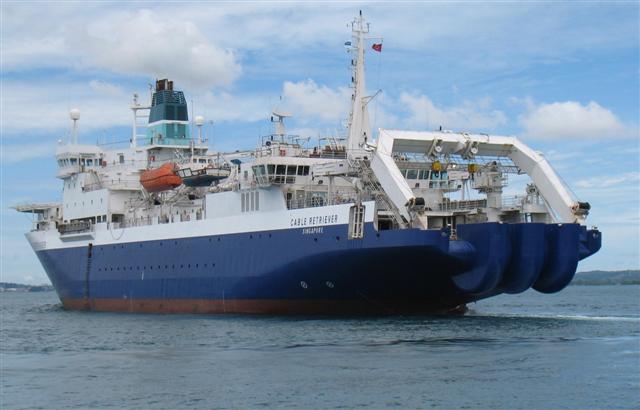|
Getting your Trinity Audio player ready...
|
Meta Platforms is reportedly planning to make a major infrastructure investment to carry all the online traffic generated by its platforms including Facebook, WhatsApp, Threads and Instagram.
A Techcrunch report confirmed the move with sources “close to the company”. They revealed Meta is planning to build a new, major, fibre-optic subsea cable extending around the world.
The cable would reportedly be a 40,000+ kilometre (or 24,854 mile) project, that could cost more than $10 billion (£7.9 billion) to build.
![]()
Meta subsea cable
This cable will reportedly be owned exclusively by Meta Platforms, and will only by used by Meta to carry the traffic generated by its various tech platforms.
Subsea cable expert Sunil Tagare had first reported on Meta’s plan to build the “mother of all submarine cables back in October 2024.
Tagare reportedly told Techcrunch, that Meta’s plan is to start with a budget of $2 billion, but this would likely increase to more than $10 billion as the project is built.
Meta’s subsea product is likely take between 5-10 years to complete.
TechCrunch reported that the plans are still in the early stages, and that Meta is expected to reveal more – such as the capacity, intended route, and why it is privately building the cable – sometime in early 2025.
The route for Meta’s undersea cable could begin from the east coast of the United States, and travel across the world landing on the west coast of America, via connection points in India, South Africa, and Australia.
This cable would reportedly be a “W” shape around the world, and the goal is to avoid building in regions that have seen a recent spate of cable cuts.
Cable vulnerabilities
Subsea cables of course carry the vast bulk (99 percent) of all online data or ‘traffic’, which has prompted recent concern about their vulnerability in the face of the worsen geopolitical situation, considering Russia’s illegal invasion of Ukraine.
Only last week two under sea cables located in northern Europe (in the Baltic sea), were severely damaged, prompting concern over potential sabotage.
A Chinese ship (Yi Peng Three) captained by a Russian national is currently being detained.
An investigation is ongoing in Sweden, Denmark and Germany whether this Chinese freighter deliberately damaged the cables by dropping and dragging its anchor along the seabed for more than 160km (100 miles).
It comes after The Nord Stream 1 and 2 pipelines, which carried natural gas from Russia to Germany under the Baltic Sea, were damaged in explosions in September 2022.
Then in October 2023, the Balticconnector gas pipeline was extensively damaged, and Finnish investigators recovered a large ship’s anchor near the spot which was linked to another Chinese container vessel.
Trouble spots
Meta’s planned subsea cable around the world will reportedly avoid “areas of geopolitical tension” where subsea cables have been sabotaged, such as the Red Sea, the South China Sea, Egypt, Marseilles, the Straits of Malacca, and Singapore.
Meta of course has billions of users around the world, and its platforms are said to account for 10 percent of all fixed-line data, and 22 percent of mobile traffic.
The Mark Zuckerberg firm is already a part-owner of 16 existing cable networks, but this new cable project would be entirely owned by Meta – allowing it full control to prioritise traffic to its own products and services.
Meta would not be alone in this regard.
Google already privately owns a number of subsea cables and also has investments in 33 others.




